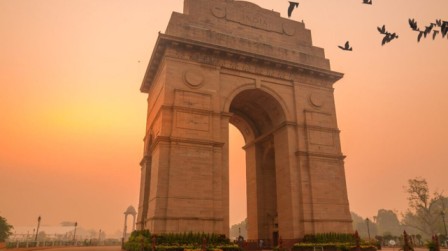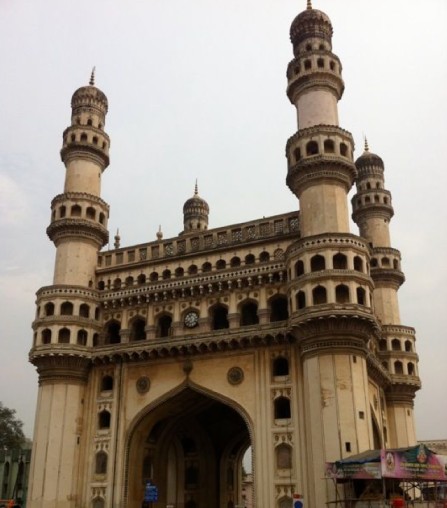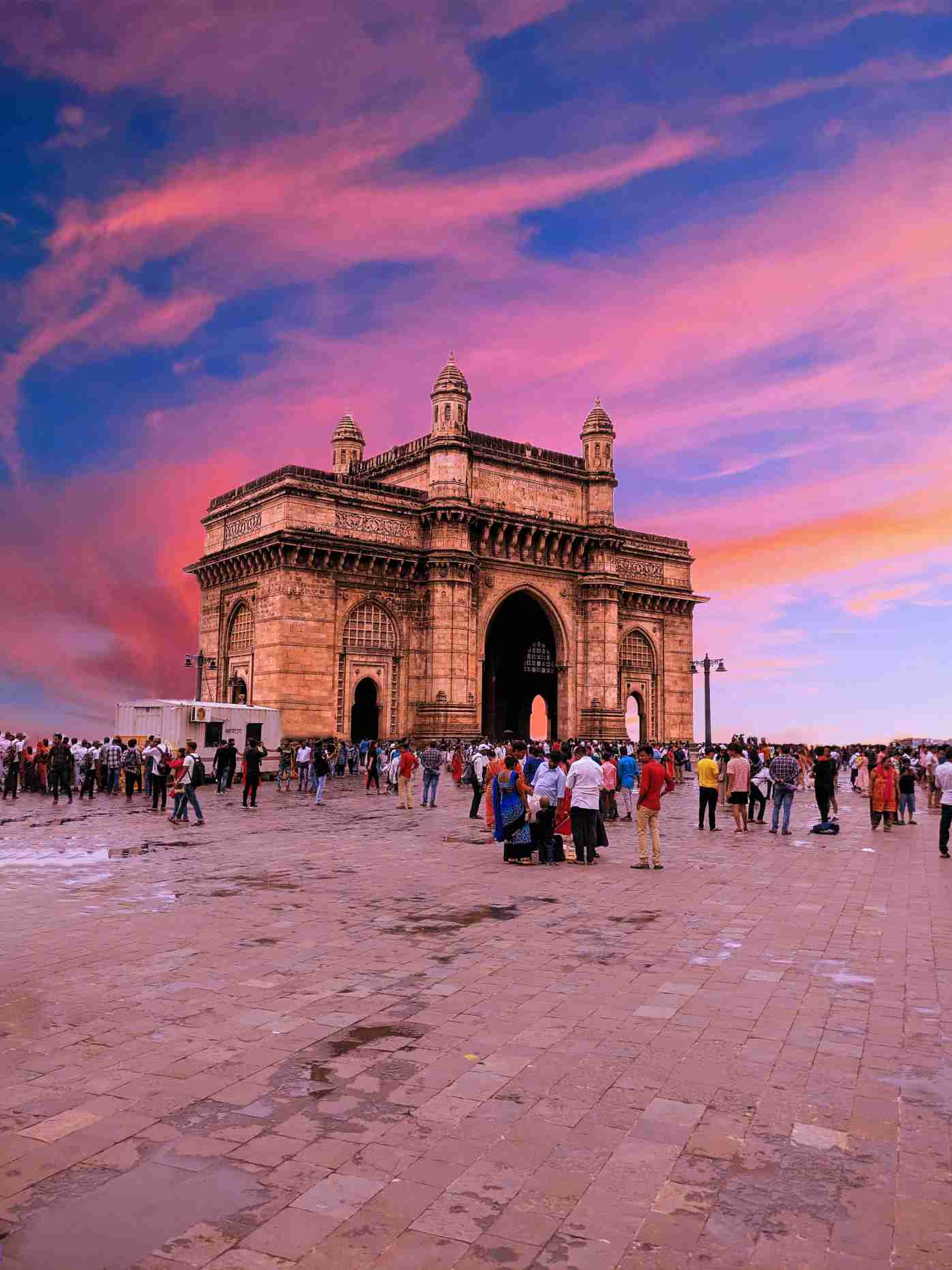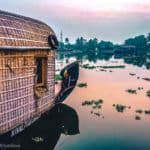Out of the gazillion things that Delhi offers its tourists, Lal Quila is on the top of the list. Built during the rule of Shah Jahan, the monument spells grandeur and resplendence.
From The Pages Of The Past:
The fort was built when Shah Jahan decided to shift his capital from Agra to Delhi. The construction of Lal Quila was started in 1638, pioneered by Ustad Hamid and Ustad Ahmed, and was finally completed in 1648. Every wall in the fort shows excellent taste and sense of creativity- both of which reached new heights during Shah Jahan’s reign. Various invaluable ornaments, including the world-famous Kohinoor diamond- were a part of Shah Jahan’s throne which stood proudly in the Diwan-e-Khas. Most of these ornaments were looted in 1747 when Nader Shah invaded the Mughal empire. What was left behind was further destroyed by the Britishers following the first Indian mutiny in 1857, when they exiled the last Mughal emperor Bahadur Shah to Rangoon and plundered the fort.
Let’s Get Started:
- Nearest metro station to Red Fort is Chandni Chowk from where you can take a rickshaw. If you get off gate 5 of the metro station, you could also walk.
- Cabs and autos are available in every part of the city to take you to Red Fort.
- It is open for visitors every day of the week except Monday from 09:30 AM to 04:30 PM.
- Since 2018, the ticket prices have been slashed down 30% in case of cashless payment. Here are the details of the tickets:
- INR 25 per person for Indian tourists, INR 20 on cashless payment
- INR 300 per person for foreign tourists, INR 250 for cashless payment; in addition to this you will have to pay extra 25 bucks if you want to carry a video camera inside.
What to See Inside Red Fort:
- Lal Quila’s main entrance, Lahore gate, leads the way to the Chatta Chowk, which is now a market area selling souvenirs and handicrafts. The extent of the creativity of the Mughal era can be seen in the design of the fort- where different sections were built for various purposes.
- “Deewan-e-aam” or the hall of Commons was built to allow interaction between the emperor and the common public, whereas “Deewan-e-khaas” was used for private meetings of the emperor.
- Not only this, a “Rang Mahal” was made for the wives and mistresses; having a massive arrangement of mirrors, and a marble basin at the centre which was once filled with scented water. The ceiling of Rang Mahal was said to be covered with gold and silver.
- Another important thing to see here is the Naubat Khana; the area where music was played to signify the arrival of the emperor. Located at the entrance of the fort, it is also called ‘hathipol’ because here, important dignitaries who wished to meet the emperor dismounted from their elephants.
- It also has an Indian War Memorial which depicts the sacrifices of the Indian soldiers who had participated in wars on behalf of the British. Models of weapons used in World War 1 are also exhibited here.
- Moti Masjid which means ‘Pearl Mosque’ was made by Aurangzeb for his utilisation. Made from white marble, Moti Masjid has three vaults and three curves.

- The Hammam is fundamentally a structure that housed the showers, this was by the heads. On the eastern loft, stood the changing area. In the western condo, high temp water used to move through the taps. It is said that perfumed rose water was utilised for washing reason. The insides of Hammam were decorated with botanical structures and white marble.
- In January 2019, a new addition was made to Lal Quila by the name of Kranti Mandir. It is a salute to India’s freedom fighters and houses important facts about landmarks in Indian history- first war of independence in 1857, Jallianwala Bagh, World war I, and many more.
Things to Do:
All around the year, Red Fort hosts a light and sound show, which is a treat for the audience. It shows the history of Mughals and their lifestyle. The timings for the light and sound show differ according to the language in which the show is available as well as the season of the year. The list of timings is as below:
- Hindi:
- 7.30 PM to 8.30 PM (May to Aug),
- 7 PM to 8 PM (Sep &Oct and Feb-April),
- 6 PM to 7 PM (From Nov to Jan)
- English:
- 9 PM to 10 PM (From May to Aug)
- 8.30 PM to 9.30 PM (From Sep & Oct, Feb-April)
- 7.30 PM to 8.30 PM From (Nov to Jan)
Also Read: Top 9 Must-See Places In Delhi









